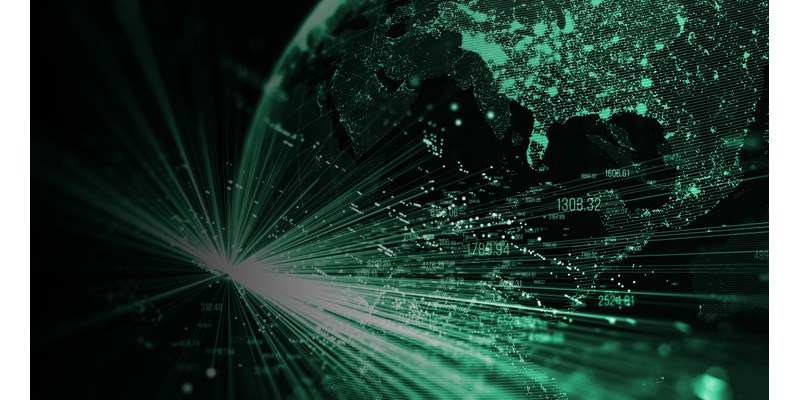1 minute read
This article features key points from the report, Offshore upstream supply chain: 4 things to look for in 2020. Fill in the form on this page to get our full analysis and predictions for the year ahead.
By Hoang Lu, research analyst, upstream supply chain
The offshore supply chain started 2019 with the momentum of strong award levels of subsea kit and FPSO hulls as well as improved floating rig rates. However, uneasiness has been building around the financial health of the offshore supply chain. Margins are razor-thin and cost pressures continue to bear down. Meanwhile, the energy transition and threat of oversupply compete for attention. Ultimately, the offshore supply chain may take on a whole new look through 2020.
In this latest piece of research from Wood Mackenzie’s offshore supply chain team, we explore four factors that will play a part in that transformation over the next 12 months.
They are:
- E&P activity in Brazil
- 20-ksi projects in the Gulf of Mexico
- Cutting carbon emissions
- Ever tighter margins and lower costs
Fill in the form on this page to get your copy of the report. Or read on to understand the impact of one of the year’s hottest factors – the energy transition.
Cutting carb(on emissions)
In Wood Mackenzie’s Energy Transition Outlook, our base case model forecasts that oil demand will peak in 2036. And the energy transition continues to accelerate towards that point. Offshore supply chain players that can capitalise on the growing momentum now will have a significant competitive advantage in 2020. No one can afford to stand idle as customer and investor activism drives this change.
How the energy transition has already changed the offshore supply chain
Hybrid batteries have been a conduit of transformation. We saw Transocean’s first-of-its-kind hybrid energy storage system deployed on the Spitsbergen semisub in the North Sea. The technology reduces fuel consumption, leading to lower emissions. Seadrill has made similar strides with the West Mira, another hybrid-powered floating rig employing a similar battery energy storage system. We expect any orders of newbuilds will require a renewable element, like Awilco’s two green newbuilds currently on order.
Brands are getting greener
Environmental, social and governance (ESG) criteria are increasingly important, and, as a result, are shaping offshore supply chain brands. TechnipFMC’s ‘SpinCo’ announced it will now be known as Technip Energies to highlight its ambition to be a global energy transition player. BHGE has become the Baker Hughes Company in a similar pivot towards energy-focused technology. Look out for much more of this rebranding in the near future.
Survive… or thrive?
A lower margin supply chain is a reality for the near term. Contractors will likely seek ways to broaden their scope of services to balance portfolios with the growth of renewables. Offshore wind projects are increasing in complexity, with larger developments being installed ever further offshore. This presents new opportunities for the supply chain. The next phase of offshore will ultimately be highly competitive; adapting early is vital.
Fill in the form on this page to get your copy of the report, “Offshore upstream supply chain: 4 things to look for in 2020”.






